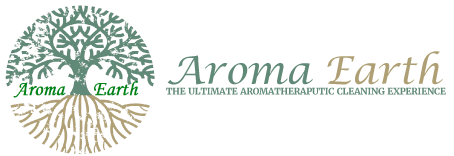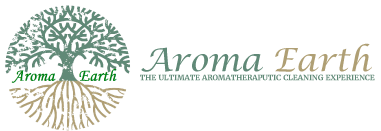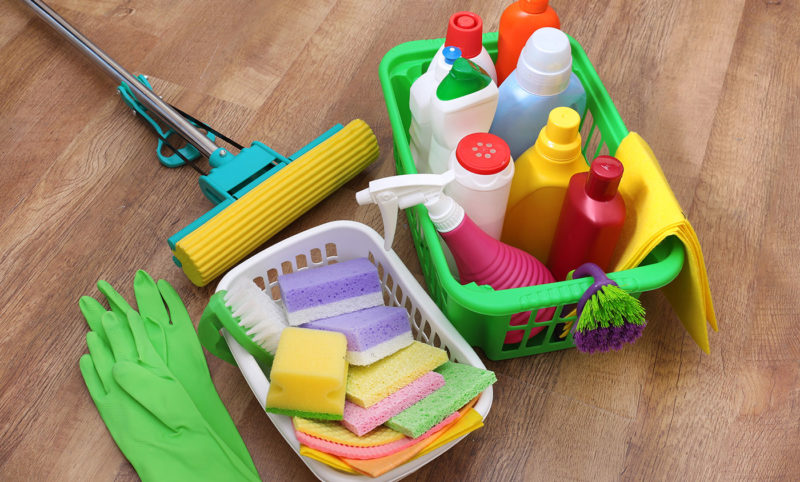The main concept behind any cleaning effort is to maintain high standards of hygiene. While at it, it is important to make sure that you are safe from hazardous cleaning chemicals. Safety always comes first. There is no point of having the targeted areas looking clean but toxic. It is therefore important to know the contents of your cleaner before indulging in any cleaning activity. Always read the contents of the cleaner as well as the cleaning instructions. Below are some of the most common toxic cleaning chemicals:
Phthalates
Most cleaning items that have fragrance contain this component. Such items include: toilet paper, air freshener, and even dish soaps. Upon inhalation, phthalates can lead to a reduced sperm count. This chemical can also lead to head aches, asthma or even cancer. Natural organic products can be used in place of this chemical as a much healthier substitute.
Paraben
Breast cancer, allergic reactions, high estrogen activity, hormone imbalance and reproductive complications are some of the most feared effects of this chemicals. It is present in a lot of cleaning soaps and detergents. They have preservative, bacterial as well as fungicidal properties and that is why they are used as cleaning chemicals.
Triclosan
Triclosan has very strong antibacterial properties. It is mostly found in sanitizers and hand-washers. Due to the high usage of this chemical, its concentration in rivers and surface run-offs is huge. This chemical is toxic to algae and other aquatic life. Its effect on the human endocrine system is under research. Alcohol based cleaners and other antibacterial products can come in handy as healthier options compared to triclosan based cleaning chemicals.
Diethanolamine
At room temperature, DEA is a white solid. It is mostly used as a cleaning chemical due to its hydrophilic property as well as its super cooling effect. Because it absorbs water, it is therefore a very efficient surfactant and corrosion inhibitor. It can also be used to eliminate carbon dioxide and hydrogen sulfide. It can be found in shampoos and cosmetics. DEA exposure can lead to cancer and asthma complications.
Formaldehyde
It is also known as methanal. It is a cleaning chemical because of biocide and disinfectant properties. Despite these properties this chemical poses danger to human health. It can cause serious injuries to the digestive tract or even death to an adult human upon ingestion. It can also lead to allergic reactions, skin irritations, head-aches, and cancer just to name a few.
Sodium Laureth Sulfate
Sodium Laureth Sulfate is not only an ionic detergent but it is also a surfactant. It is mainly present in toothpastes, soaps and even shampoos. It has superb foaming characteristics which makes it even more effective. However, this chemical is also linked to detrimental toxic effects such as: eye and skin irritation to both animals and humans.
Basically, almost all chemicals are toxic. Sometimes the chemicals that make Soaps and detergents effective could turn out to be very toxic. Sodium hydroxide for example is a common chemical that is used to make cleaning chemicals but could still be very harmful. The point is, sometimes the degree of toxicity is not just about the chemical present in the cleaning solution but rather the concentration in relation to other chemicals present. Too little or too much could be disastrous.








